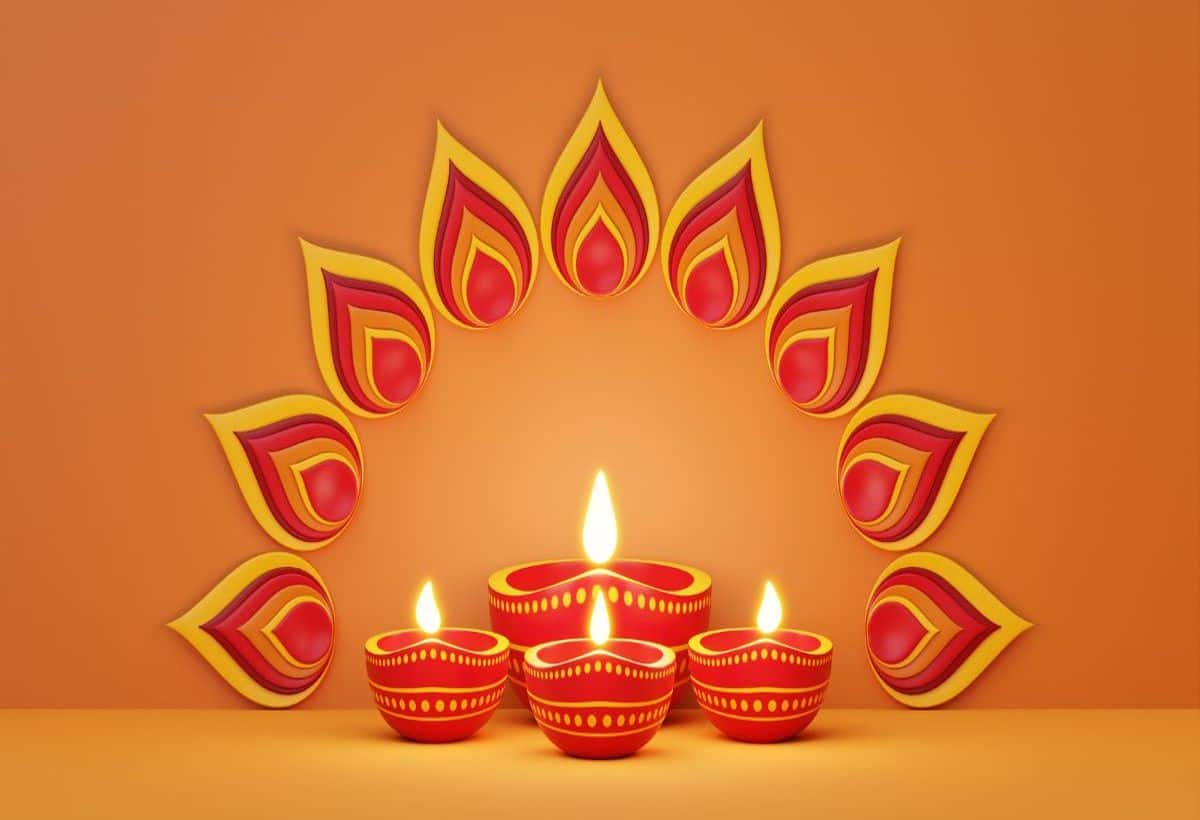Diwali, also known as Deepavali, is one of the most celebrated festivals in the Sanatan Dharma (Hinduism), bringing joy, light, and prosperity to millions across the globe. According to the Hindu calendar, this grand festival is celebrated on the new moon day (Amavasya) of the month of Kartik, which usually falls in October or November. The festival symbolizes the victory of light over darkness and good over evil. A key element of Diwali celebrations is the lighting of diyas (oil lamps), which are integral to the festivities.
The Significance of Diwali in Hindu Culture
Diwali holds immense significance in Hindu culture and is celebrated with great enthusiasm. Each day of the festival has its own unique traditions and rituals. The five-day celebration typically comprises:
- Dhanteras: Marks the beginning of the festival, focusing on wealth and prosperity.
- Choti Diwali: A day of minor festivities, preparing for the grand celebrations.
- Diwali: The main day of the festival, where families perform puja (prayers) to Goddess Lakshmi.
- Govardhan Puja: Celebrates Lord Krishna’s victory over Indra.
- Bhai Dooj: A day dedicated to the bond between brothers and sisters.
The Importance of Lighting Diyas
The act of lighting diyas is pivotal to the Diwali festivities. Diyas symbolize the dispelling of ignorance and darkness, and they guide the Goddess of Wealth, Lakshmi, into homes. Families clean and decorate their houses, welcoming not just the goddess but also a season of abundance and harmony.
Materials Used for Lighting Diyas
Traditionally, diyas are made from clay and filled with ghee or oil, using cotton wicks for lighting. However, modern variations include decorative diyas made from diverse materials including metal and glass, often adorned with intricate designs. As environmental awareness rises, many individuals are now opting for eco-friendly alternatives such as soy or vegetable-based paraffin wax.
Rituals and Celebrations During Diwali
Diwali is not just about lighting diyas; it encompasses a variety of rituals that include:
- Puja: Families perform Lakshmi Puja on the main day, offering prayers and sweets to the goddess.
- Rangoli: Beautiful patterns are created on the floors of homes using colored powders, rice, and flowers, symbolizing harmony and inviting prosperity.
- Fireworks: Firecrackers are burst to celebrate the triumph of light, though it’s essential to be mindful of pollution and safety.
- Exchanging Gifts: Families and friends exchange gifts and sweets, reinforcing bonds and goodwill.
Conclusion
The festival of Diwali is a joyous occasion that brings together families and communities, fostering a spirit of unity and celebration. It reminds us of the importance of lighting our inner lamps, driving out negativity and embracing positivity. As you prepare for Diwali, consider making your celebrations eco-friendly while maintaining the age-old traditions that add richness and meaning to this beautiful festival.
